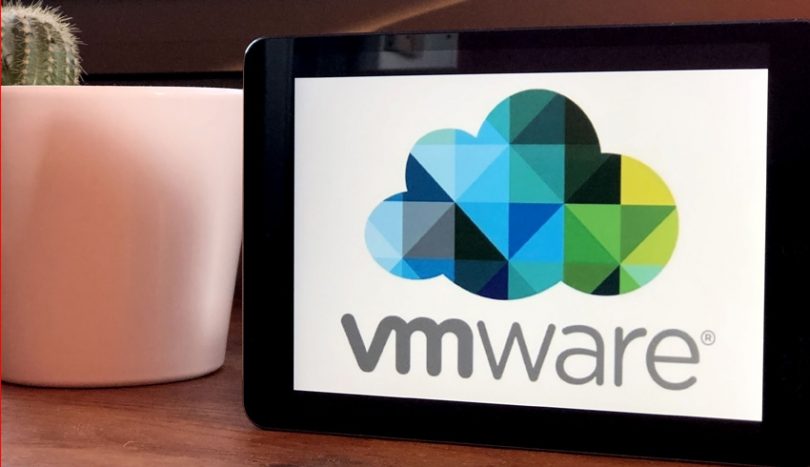VMware Blockchain has been in the works for a couple of years and today it was announced it is commercially available. But it’s already getting used for some substantial projects. One of those is the Australian Securities Exchange (ASX) CHESS settlement solution. Originally this used Digital Asset’s blockchain, but the ledger is now VMware’s with Digital Asset’s smart contract language DAML.
“We have been focused on building an enterprise-grade blockchain platform that meets the most stringent application requirements of the financial services industry and other mission-critical distributed workloads that require reliable and high-performance blockchain services,” said Brendon Howe, VP and General Manager, Blockchain, VMware.
While the enterprise blockchain space is still young, there are some definite technology leaders in terms of adoption. They are Hyperledger Fabric and its biggest promoter IBM, enterprise Ethereum and R3’s Corda. So can VMware become one of the leaders, and if so, how?
First, VMware Blockchain addresses the bread and butter expectations. The company talked about the features usually required of enterprise distributed ledger technology (DLT) solutions: extensibility, security and privacy, performance, and scalability. It says that scalability and performance are in part the result of its in-house created consensus mechanism, Scalable Byzantine Fault Tolerance (SBFT).
VMware has decoupled the ledger from the smart contract language and uses Digital Asset’s DAML. But DAML now supports numerous other ledgers, so this is not unique to VMware. Other smart contract languages are supported by VMware, including Ethereum’s virtual machine. Interestingly, it says it can run different virtual machines on the same ledger. In other words, apps that use the same ledger do not need to use the same smart contract language.
To get up and running, it says it’s easy to deploy, manage and upgrade, and has world class support. This latter point is an interesting one because support is crucial for enterprise blockchain. That said, neither IBM nor R3 are slouches in this department.
A cosy relationship with Digital Asset
One of VMware’s most significant advantages seems to be its symbiotic relationship with Digital Asset. When DAML was first open-sourced, it was able to announce VMware as the initial blockchain integration. With VMware’s brand, that certainly contributed credibility. Now VMware has invested in Digital Asset, and its high profile blockchain partners are also Digital Asset clients and investors.
Broadridge Financial Solutions, a long time Digital Asset investor and partner, is using VMware blockchain in its DLT Repurchase Agreement solution. Its high profile consulting partner is Accenture, also a Digital Asset investor. The other consulting partners are also shared with the startup, including Infosys and Intellect EU.
Because of Digital Asset’s head start with ASX and the attractions of DAML, the startup has quite a few high profile clients, including BNP Paribas Securities Services and the Hong Kong Exchange. If VMware can make inroads with most of those, that alone could be substantial. The big question is whether it will make headway independently.
At this stage, there’s an argument that VMware needs Digital Asset more than the other way around. The whole idea underlying DAML is its ability to work across multiple ledgers and become a leading interoperability solution. VMware’s Blockchain is one of many ledgers, although it appears to be a preferred one for now.
Here’s an outsider observation without any special knowledge. When a large company and a startup become intertwined, and the bigger one has a greater need than the smaller one, it’s just a matter of time before the enterprise considers buying the startup.






